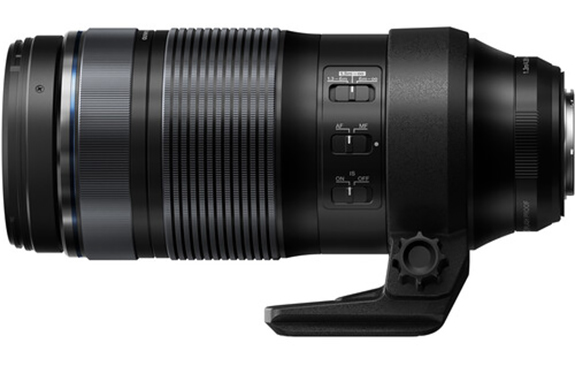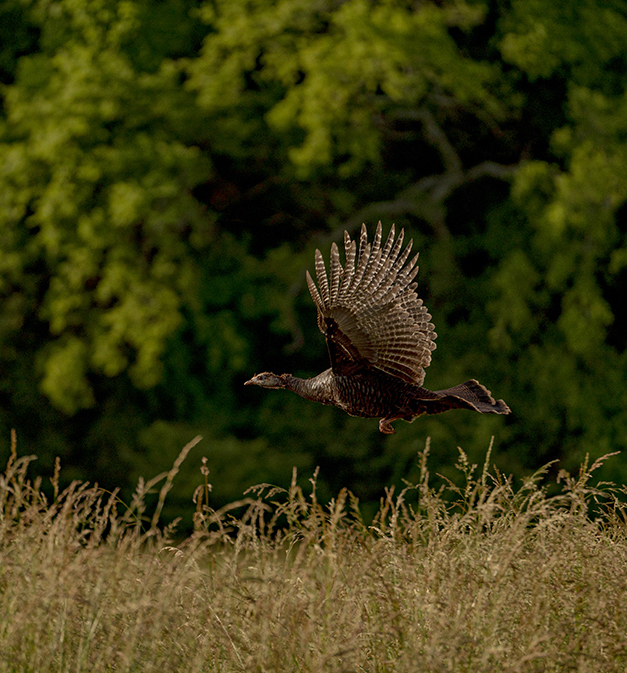Imaging Resource Camera of the Year 2020: Best Prime and Zoom Lenses
posted Wednesday, November 18, 2020 at 12:00 PM EDT

Cameras may be the bread of the meal, but lenses are the butter. Especially good lenses. They help you really shape your image, reel in the outside world, and can be the key difference-maker in both still photography and videography.
Today we present to you six wonderful lenses released in 2020 - four zooms and two coveted primes - all of which deserve attention for a potential spot in your bag! Cameras can come and go but lenses can last for many years, even decades, and can be well worth the investment.
Imaging Resource Lens of the Year 2020
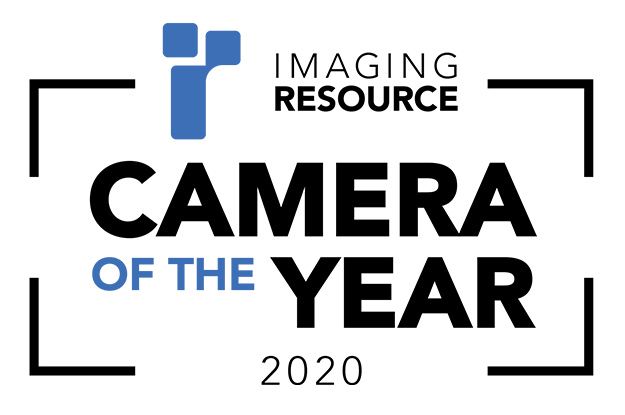
Best Prime Lens 2020: Sigma 85mm f/1.4 DG DN Art
The L-mount platform continues to make leaps and bounds every year and the inclusion of Sigma's wonderful Art series brings an extra-special element to the table. Their latest model (which also comes in Sony E-mount) truly shines in all areas - both technically and aesthetically - and merits a top slot here in our 2020 Lens of the Year awards!
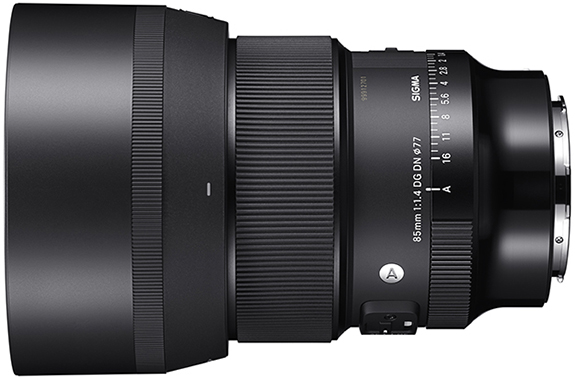
When taking this lens out into the field, we learned there's much to love and nothing at all to gripe about with this terrific lens from Sigma. It's sharp where you want it to be, and delivers buttery-smooth bokeh where that's desired. The combination of these can, indeed, yield stunning results, easily earning the 85mm f/1.4 DG DN Art our Best Prime Lens for 2020.

Sigma 85mm f/1.4 Art
Overview • Gallery
Prime Lens of Distinction: Fujinon XF 50mm f/1.0 R WR
What started life on a Fujifilm's lens roadmap as a 33mm f/1.0 prime lens developed into the Fujinon XF 50mm f/1.0 R WR short telephoto prime lens. With that wise shift in focal length and a commitment to delivering great optical performance, Fujifilm has created a truly excellent prime lens.
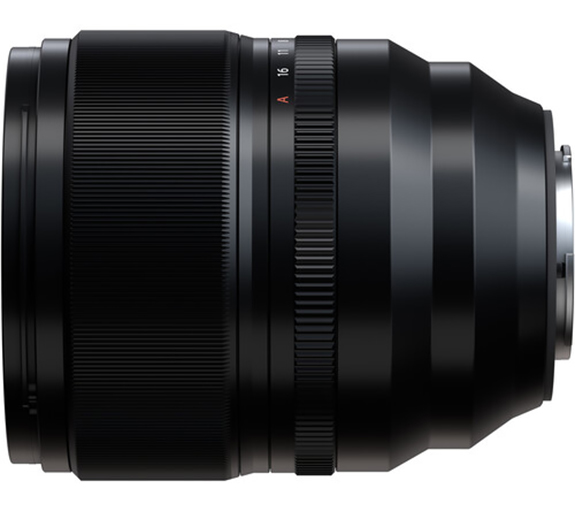
With its very shallow depth of field, the XF 50mm f/1.0 puts considerable control into the photographer's hands and this is one of its greatest strengths. When shooting the lens wide open, pure optical performance hovers around 'good,' but the overall look and feel of the images goes far beyond this. Photography should be fun; it should feel special. When everything clicks, using the XF 50mm f/1.0 R WR lens is wonderful.
In our Field Test of the Fujifilm XF 50mm f/1.0 R WR lens, the word 'character' appeared among many other superlatives. Given its very narrow depth of field, the XF 50mm f/1.0 is not the ideal lens for every situation. When it's the right tool for the job, however, the XF 50mm f/1.0 shows up in meaningful ways, full of character, and offers photographers a special experience.
Fujinon XF 50mm f/1.0
Overview • Gallery
• • • • •
Best Wide Angle Zoom Lens 2020: Sony FE 12-24mm f/2.8 GM
Sony finished up their f/2.8 zoom lens trinity this year with a very impressive ultra-wide-angle zoom, the FE 12-24mm f/2.8 GM. This new G Master lens offers not only a bright f/2.8 aperture but also a super-wide 12-24mm focal length range. With that combo, it's the world's only full-frame format 12-24mm lens with a constant f/2.8 aperture. With an ultra-wide perspective, the 12-24mm is a no-brainer for landscapers looking for that dramatic perspective, while the f/2.8 aperture makes it an excellent option for astrophotographers and low-light uses. Plus, it's AF system is also swift enough to handle action subjects -- should you be willing to get up close and personal.
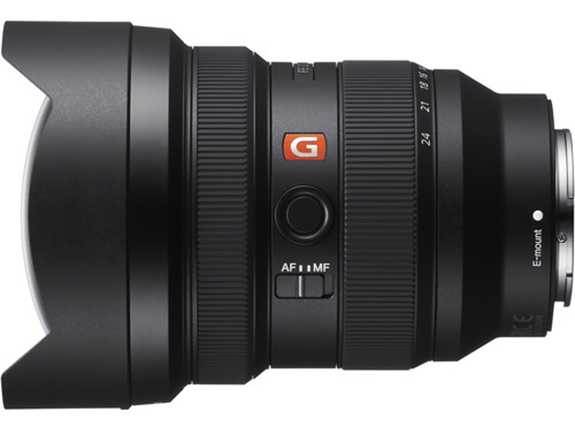
As is typical with Sony G Master lenses, the 12-24mm f/2.8 is a top-of-the-line lens with weather-sealed build quality, impressive optical quality, and super-fast AF performance. In the field, the Sony 12-24mm certainly doesn't disappoint when it comes to image quality. Images are tack-sharp, even wide open and across the frame, which is no small feat for a lens that goes this wide. Build quality and AF performance are also excellent, which we've come to expect from G Master lenses. Unfortunately, the lens is not cheap, with an MSRP of $3,000, but with quality comes a price.

Sony FE 12-24mm f/2.8 GM
Overview • Gallery
• • • • •
Best Telephoto Zoom Lens 2020: NIKKOR Z 70-200mm f/2.8 VR S
The 70-200mm f/2.8 telephoto zoom lens has long been a staple of many professional photographer's kits. In its Nikon F system, the company offers a professional f/2.8 zoom lens trifecta comprising the 14-24mm f/2.8, 24-70mm f/2.8 and 70-200mm f/2.8. For its mirrorless Z system in 2020, Nikon now offers a new version of this iconic trio, and its Nikkor Z 70-200mm f/2.8 VR S lens is a fantastic example of not only the 70-200mm f/2.8 archetype, but of zoom lenses in general.
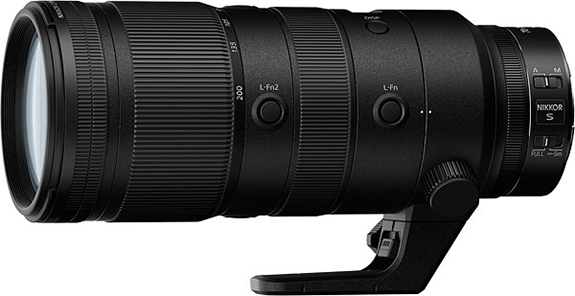
The lens is built to exacting professional standards, including weather resistance, great balance, a useful built-in OLED information panel and much more. Optically, the lens has all of Nikon's latest bells and whistles, including ED, fluorite and SR lens elements and ARNEO and Nano Crystal Coating. The resulting lens has professional-quality feel and captures pro-quality images with excellent sharpness, minimal aberrations and rich bokeh.
With an impressive pedigree and the performance to match, Nikon's latest 70-200mm f/2.8 tele-zoom lens is its best yet. It's a standout zoom lens in a year that has delivered some great glass.
NIKKOR Z 70-200mm f/2.8 S
Overview
Telephoto Zoom Lens of Distinction: Olympus 100-400mm f/5.0-6.3 IS
One of the significant advantages to the Micro Four Thirds platform is that lenses can be made smaller and lighter than those for larger-sensor formats. One of the most prominent examples of this is with telephoto lenses, such as the new Olympus M.Zuiko 100-400mm f/5-6.3 IS. The Olympus 100-400mm is impressively compact and lightweight for such a long-reaching lens, making it an ideal option for active wildlife shooting while hiking or where you simply don't want to lug around a tripod.
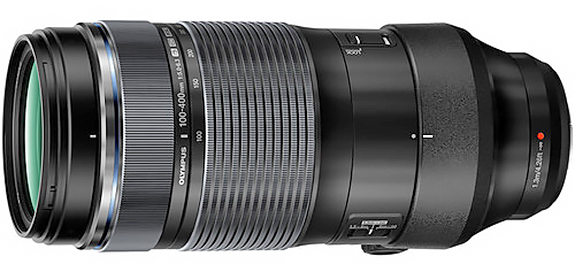
The 100-400mm f/5-6.3 IS is yet another impressive lens from Olympus: shockingly compact and lightweight yet packing a punch in the image quality department. Despite not carrying the "Zuiko Pro" moniker, it's nevertheless a high-quality lens with excellent IQ performance and good build quality with IPX1-level weather-sealing, plus onboard optical image stabilization. The only real drawback is its fairly dim variable aperture, making it a more suitable lens for situations with good lighting.
In the end, if you want a powerful, long-reaching and versatile super-telephoto lens that won't break your back or your bank account, the Olympus 100-400mm f/5-6.3 IS is a fantastic option.

Olympus 100-400mm f/5.0-6.3 IS
Overview • Gallery
Telephoto Zoom Lens of Distinction: Tamron 70-180mm f/2.8 Di III
For Sony photographers wanting a classic sports zoom but who aren't so interested in toting around a lot of weight, Tamron has been working hard to bring you exactly what you need in the 70-180mm f/2.8 Di III. Weighing in at a mere 815g, it's only about half the heft of the beefy Sony 70-200mm f/2.8 G Master. And when you're in the field all day chasing wildlife or roaming the sidelines of a sporting event, you won't likely miss the shaving off of 20mm to bring you such huge weight savings.
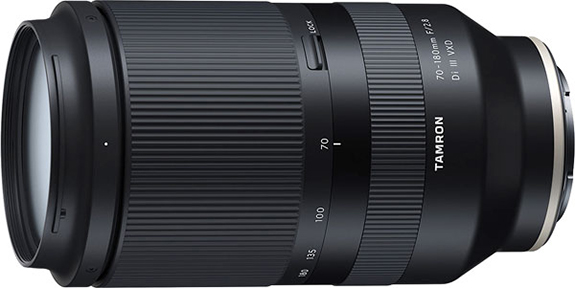
And you most assuredly won't mind the fact that this lens costs $1200 to the G Master's $2600 price. We found the lens to be a versatile, professional offering in all regards. For all the details on this wonderful long-zoom offering from Tamron, check out our comprehensive Field Review video!
Tamron 70-180mm f/2.8 Di III
Overview • Gallery
[Editor's Note: The new Olympus 150-400mm f/4.5 Pro lens was released
after this year's deadline, and will be in the running for our 2021 awards!]
• • • • •
Imaging Resource Camera of the Year 2020:
Best Entry-level Full Frame & Fixed Lens Cameras
Best Enthusiast Full Frame, Crop Frame and Professional
Best Prime and Zoom Lenses (this page)
Readers' Choice! (coming soon)
Best Overall Camera 2020! (coming soon)
